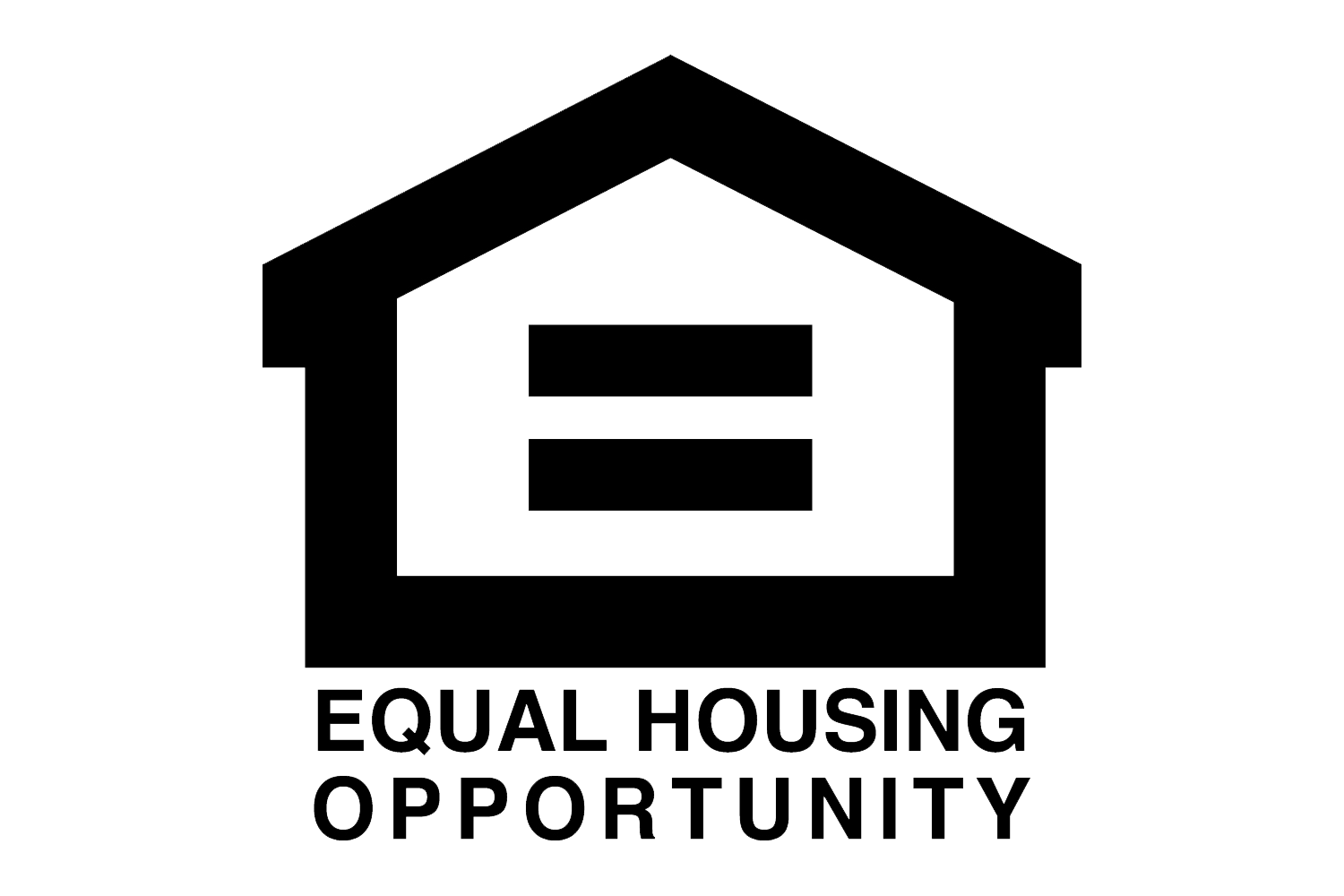
Home ownership has long been the American Dream, but more and more young people today are postponing it in hopes of better times to come.
For the past 3 years or so, real estate has been under a dark cloud, and it is not likely to lift this year.
First we had a shortage of homes for sale.
After the “boom and bust,” home prices plummeted in many areas. Because they seemed to be a good investment, investors snapped up many of the low to medium priced homes and even some at the high end. Most of these homes became rental properties.
With a shortage of homes for sale, prices began to rise. And the Fed made it easy for people to buy when they dropped interest rates to historic lows. That gave buyers more buying power, so bidding wars drove home prices back to where they had been – and even higher.
Inflation, rising mortgage interest, and rising home prices combined to keep housing inventories low while pushing home ownership out of the reach of a large number of Americans.
Rising interest rates are keeping homeowners in their current homes, and no wonder. The high price they’d receive from selling would be offset by the high price of a replacement home. And, if they now have an interest rate below 3 or 4 percent, they aren’t interested in replacing it with a mortgage loan at 7 percent.
That left us with an inventory of homes belonging to people with a compelling reason to sell.
New construction was going to save us…
Home builders got busy trying to fill the gap in housing inventory, and did have some success. But then, about 3 years ago, things changed.
The new construction industry is hampered by inflation, interest rates, and regulatory burdens.
Inflation has caused the price of building materials to soar, some materials now costing more than twice what they did just 4 years ago.
For home builders, construction financing is now in the 12 to 13% range, which further increases the cost of construction.
Then we add the regulatory burdens. Meeting new regulations and gaining all the necessary permits is not only expensive, but time-consuming – adding to the cost of construction financing.
A study by the National Association of Home Builders found that since January 2021, new regulations have significantly increased costs. While state and local restrictions vary, on average these restrictions, combined with Federal regulations now account for about 23% of the cost of a new single-family home.
Median home prices as they relate to median income and current interest rates.
The latest news is that the median home price in the U.S. is now $420,800. The median income is $74,755, or $6,229 per month. At today’s interest rate of 6.87%, the payment on $420,800 would be $2,762.95, or 44% of the median income.
Since banks prefer borrowers to stay within 28% of income, that means a median priced house is out of reach for a person earning a median income. Naturally this will vary depending upon where you live.
This problem has been steadily increasing since 2022, and peaked in the fall of 2023, when interest rates went to 7.8 and brought the ratio to 40%.
Yes, this happened before…
The last time Americans saw this kind of problem was in 1981, when the interest rate soared over 18% and brought the ratio to 39%. That’s when the median price of a home was $47,200 and the median income was $21,900. An 18% interest rate brought the payment over $700. When rates dropped back to 10%, and the payment dropped to about $500, the ratio was only 23%.
Is hope on the horizon?
Of course. If interest rates ease off and regulatory burdens are lifted, homes will once again become affordable. In the meantime, more will remain tenants and more first-time buyers will likely buy smaller or less elaborate homes.








